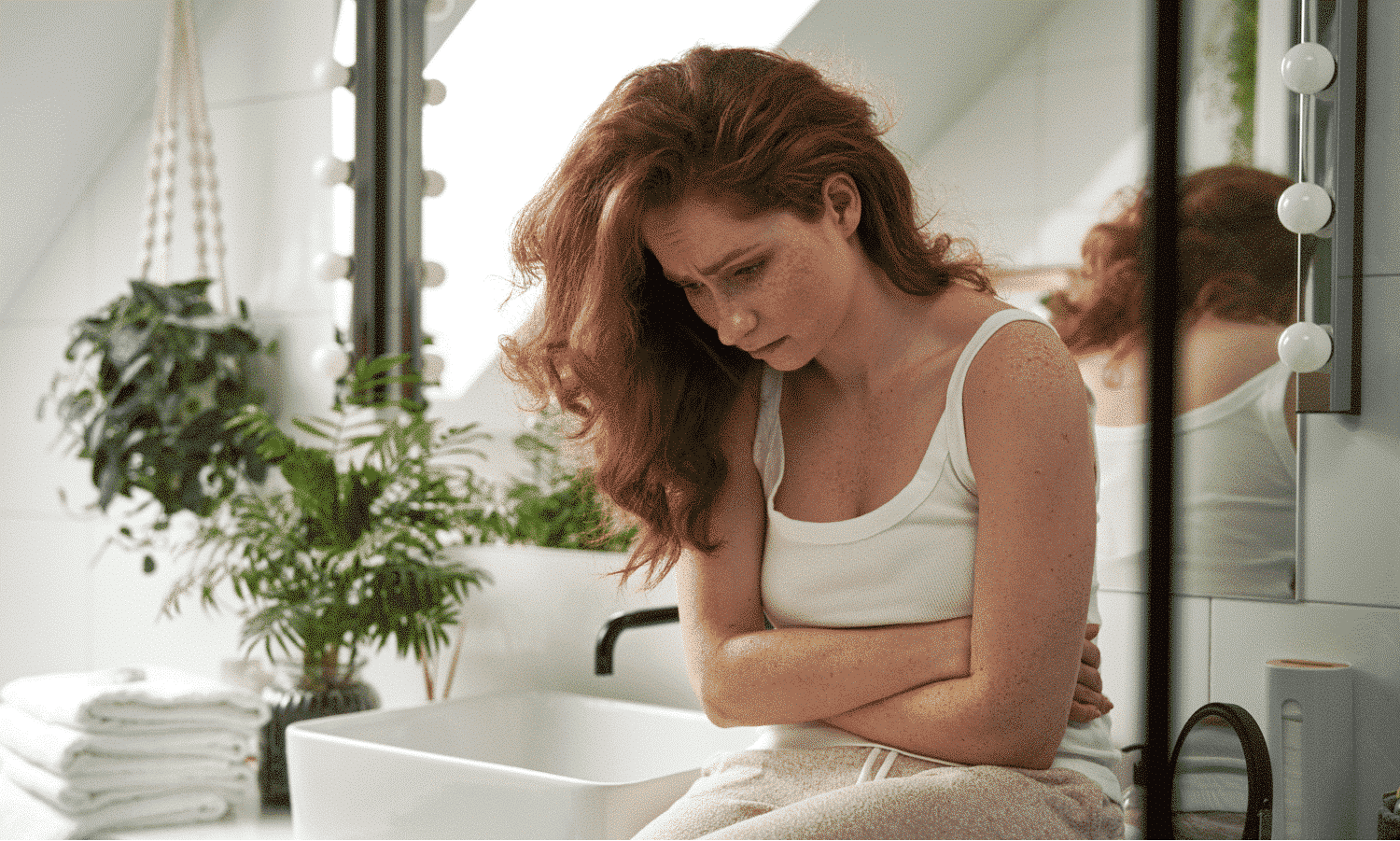|
Getting your Trinity Audio player ready...
|
The Breast Cancer program from Sidekick Health was created by people with cancer for people with cancer.
Our dear Sidekicker, Haukur, is a physical therapist and clinical researcher. He also has personal experience with cancer and spent a great deal of time working with cancer patients throughout his career.
Haukur is passionate about physical activity and getting moving, both of which are key elements of Sidekick’s Breast Cancer program.
We sat down with Haukur to find out why physical activity is so important when you’re living with cancer and what it can do for your overall quality of life.
He also provides some expert tips for exercise newbies who don’t know where to start.
Thank you for joining us, Haukur. Can you tell us a little bit about yourself?
Hi, thank you for inviting me.
I’m a physical therapist and also have a master’s degree in sports and health sciences. Both degrees focused on something called exercise oncology. This is a field focused on how to use physical activity and exercise to optimize the health and wellbeing of cancer patients, and those who have had cancer in the past.
I became interested in this field when I got diagnosed with cancer while I was studying to become a physio. After graduation, I worked for 12 years in cancer rehabilitation, working with people with all types of cancers, both during and after their treatments.
You helped create Sidekick’s Breast Cancer program, which focuses a lot on physical activity. Can you explain why physical activity is so important for people living with cancer?
Back in the day, doctors and nurses would tell cancer patients to rest well when they got their diagnosis and not to exert themselves too much. This was well intended but poor advice.
Physical activity has been shown to improve almost all aspects that affect the quality of life of people living with cancer.
Having cancer can have a detrimental effect on your quality of life, and being physically active and exercising can improve that greatly.
What are the main benefits of physical activity and getting moving for people living with an illness or chronic condition?
Physical activity can reduce cancer-related fatigue, which is a debilitating condition that can affect you physically, mentally, and even emotionally.
It helps to alleviate anxiety and symptoms of depression. It can also work against some side effects like cardiotoxicity, worsened endurance, loss of muscle mass, and more.
Most importantly, in some types of cancer, being active can help with improving prognosis.
In your experience, is it often the case that people underestimate the importance or impact of physical activity when it comes to their health?
Unfortunately, yes. People still believe that resting and avoiding physical challenges are necessary when they’ve been diagnosed with cancer.
Many people also believe that it’s unsafe to exert the body when they have cancer. But for most people, it’s quite safe, and with the right support, anyone can find the type and level of physical activity or exercise that’s right for them.
For most people, the easiest thing to do is to go out for a walk or do other similar daily activities.
What would you say to someone who has never been into exercise and has no idea where to start?
Go slowly. Start with something manageable, like my example of going for a walk.
When living with cancer, it’s great to ask your healthcare team if there’s something you should avoid or adjust when it comes to exercising with your condition.
Be patient with yourself. It takes time to create new habits, especially habits that require physical effort for the body. Know that everyone makes some missteps on the way, but just keep on going. At some point, your week will feel incomplete without getting in some exercise on a regular basis.
Do you have any recommendations for types of movement and exercise that cancer patients could incorporate into their daily routine?
It’s best to include something that gets the heart pumping, which is what we call cardio. This could include walking briskly, riding a bike, swimming, hiking, or jogging to name a few examples.
Preferably, do these types of exercises most days, but aim for at least three days a week for about 30 minutes or more if you can. If doing your bout of exercise for 30 minutes in one go is too much, you can start slower by breaking it down to two or three bouts of 10-15 minutes. Whatever works for you.
I’m a big fan of strength training, and it’s also very beneficial for people with cancer. Strength training is also called resistance training as it puts resistance to movements making them harder to do, and over time, the body adjusts and becomes stronger.
There’s a well-known Greek legend about Milo of Croton, who carried a calf until it became a fully grown ox. This story teaches that by starting with something manageable and continuing with slow, progressively increasing challenges, we can improve.
Something else worth mentioning is that when in cancer treatment, the focus shouldn’t really be on improving as much as it should be on alleviating the symptoms and side effects through cardio and resistance training. Doing stretches and balance training, like yoga or tai chi, is also great.
How can Sidekick’s Breast Cancer program provide support to people living with breast cancer?
The program gives holistic support and education about what one can expect to go through during this journey after having been diagnosed with breast cancer.
The program is based on understanding where you are and what you need at this crucial time in your life. It helps to answer many common questions that people with breast cancer may have.
Most importantly, by using the program, you can work on building new habits that are aimed at improving your welling, quality of life, and overall health during and after breast cancer treatment. Those health-promoting habits include learning self-management when it comes to symptoms and side effects, good nutrition, physical activity, sleep hygiene, stress management, self-compassion, and mindfulness.
If you’re living with breast cancer, explore our other articles on how to live well when living with cancer. We cover a range of topics from looking after your mental health, making the most out of your breast cancer check-ups, and how to process your diagnosis. Explore Living Well to discover more.
*Please note that the Sidekick Breast Cancer program is currently only available in Germany.












